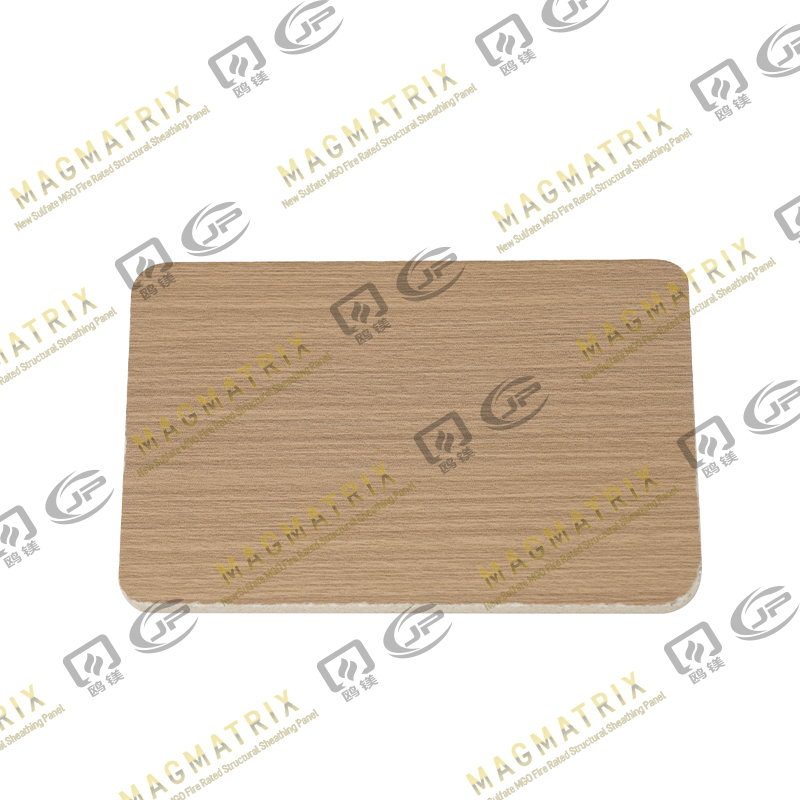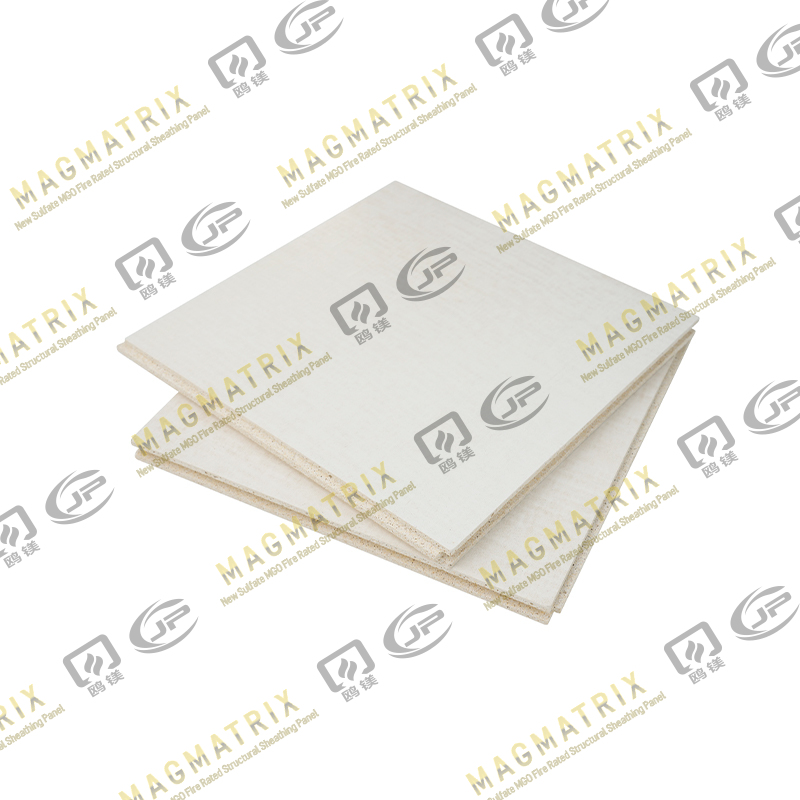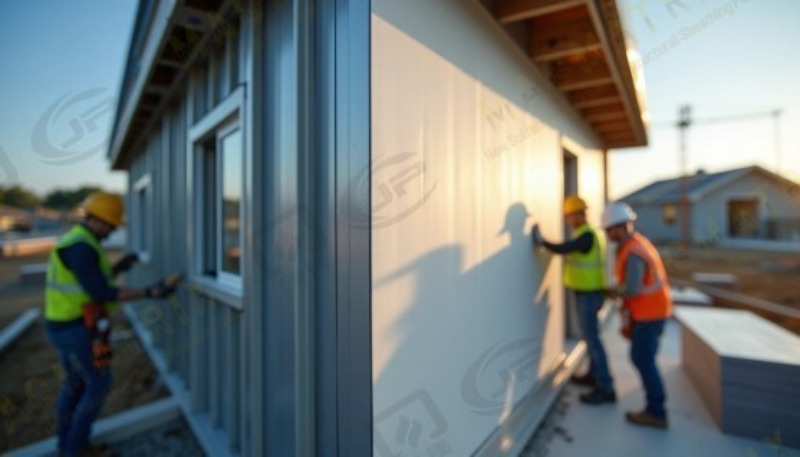
Here's something fascinating - magnesium oxide exterior wall sheathing can handle temperatures over 750°C (1,382°F) for more than 30 minutes without any color change. This incredible heat resistance explains why top builders are switching to MgO sheathing faster than ever.
Builders need sheathing materials that last and perform well. MgO sheathing stands out with fire resistance ratings up to 4 hours, which is a big deal as it means that it outperforms traditional plywood or gypsum. The material's excellent water resistance helps prevent mold and structural problems. A single #10-13 pancake head screw in MgO sheathing can hold more than 155 lbs, while typical requirements only ask for 32 lbs.
The market outlook for these innovative exterior wall materials looks promising. Industry experts predict it will reach USD 1,829.78 billion by 2032. Builders and architects are choosing MgO boards because they offer better flexural strength and stay dimensionally stable even when exposed to moisture.
This piece will help you learn about why leading builders are choosing magnesium oxide sheathing for exterior walls. We'll look at its structural benefits, environmental advantages, and how it provides economical solutions compared to traditional materials.
Structural Strength and Load-Bearing Capacity of MgO Boards
MgO boards show amazing structural performance that makes them a top choice for exterior wall sheathing. These innovative panels match or exceed engineered wood products and perform way better than gypsum-based options. Their outstanding performance comes from a cementitious matrix that works great under both compressive and tensile stresses.
Flexural Strength in Exterior Wall Sheathing Applications
MgO boards' ability to resist bending without breaking is a huge advantage for exterior wall sheathing. Half-inch (12mm) MgO panels typically show flexural strength between 7-15 MPa, which is much higher than standard drywall's 3-5 MPa. Many manufacturers report even better numbers: 13-30 MPa in the machine direction and 13-22 MPa in the cross direction. This makes MGO Sheathing Panel perfect for exterior walls that need to handle changing environmental pressures.
MgO boards stay strong even after getting wet. Tests show wet samples in parallel orientation keep 10.47 MPa (1518 psi) flexural strength, while dry samples reach 13.46 MPa (1952 psi). You can leave MgO sheathing exposed to rain or snow for up to 180 days during construction, and it will still perform great structurally.
MgO boards' dense structure creates a solid fastener base. Single fasteners in half-inch MgO panels can hold more than 350 psf in shear and provide withdrawal strength over 150 lbs of force. Tests show that MgO boards beat the minimum required 125 lbf (560 N) nail-head pull-through resistance. This means you can fasten cladding directly to MgO sheathing without always tying back to framing members.
Impact Resistance in High-Wind Zones
Buildings in hurricane-prone areas need sheathing that can take a hit. MgO boards excel here with amazing durability against physical impacts. In standard falling ball impact tests, 12mm MgO panels barely show a dent at the impact point and don't crack when hit by a 2-inch diameter steel ball dropped from 12 inches.
MgO panels pass tough ASTM E72 wind and pressure tests, performing as well as or better than traditional gypsum and wood-based sheathing. This is a big deal in high-velocity hurricane zones where building materials must handle wind speeds over 185 mph.
The boards' impressive impact resistance comes from reinforcing elements in the MgO matrix. Manufacturers boost their boards with fiberglass mesh and special fillers that improve resistance to shear, impact, and bending forces. These reinforcements help panels stay strong even in extreme weather.
ASTM C1185 Testing for Structural Durability
ASTM C1185 testing procedures give us the full picture of how exterior wall sheathing materials perform long-term. These standard tests look at how materials handle various environmental stressors.
ASTM C1185 testing for MgO boards checks:
Flexural strength after construction durability exposure
Degradation due to thermal aging
Resistance to UV exposure
Performance at extreme temperatures
Durability through freeze/thaw cycles
Water absorption impact on strength
Quality MgO boards beat the minimum average flexural strength requirement of 4000 kPa (580 psi) in both wet and dry conditions. They really shine in freeze/thaw cycles—tests show they keep their structural strength after 25 cycles, with a flexural strength retention of 1.08 (meaning they actually get slightly stronger).
MgO exterior wall sheathing brings together great flexural strength, amazing impact resistance, and proven long-term durability through tough testing. Builders looking for high-performance sheathing that stays strong in demanding applications are choosing MgO boards more often.
Fire Resistance Ratings and Code Compliance
MgO exterior wall sheathing's fire resistance makes it a top choice when safety matters most. These boards don't need fire-retardant chemicals because they naturally resist fire throughout their structure. This quality provides better protection in buildings of all types.
ASTM E119 and NFPA 285 Certification
The ASTM E119 test (also known as ANSI-UL 263) sets the standard to assess fire endurance in wall assemblies. This test puts complete wall systems through their paces with controlled fires that reach temperatures above 1600°F. Load-bearing walls must prove they can contain fire and stay structurally sound.
MgO sheathing performs exceptionally well in these tests. Most products achieve fire-resistance ratings between 1-2 hours, and some manufacturers report ratings up to 4 hours. These numbers tell us how long a wall system can handle standardized fire conditions, which gives people enough time to evacuate safely.
Buildings taller than 40 feet above grade need another vital certification—NFPA 285 compliance. This test shows how well exterior walls with combustible parts can stop fire spread. MgO boards pass this test with flying colors and work great in Type III construction above 40 feet. Manufacturers now offer many NFPA 285-compliant wall designs that give architects and builders plenty of options.
Zero Flame Spread Index in ASTM E84
The Steiner Tunnel Test (ASTM E84) shows how well materials stop flames from spreading on their surface. Materials sit in a 25-foot tunnel where moving air tries to push flames across them. The test creates a Flame Spread Index (FSI) that puts materials into three groups: Class A, B, and C.
MgO boards always get the best possible rating—Class A. Many products score a perfect FSI of zero. This impressive result shows that MgO sheathing completely stops flames from spreading, which blocks fire right where it starts.
Type III construction needs more testing for exterior wall sheathing. The ASTM E84 test runs 20 minutes longer, and flames can't move more than 10.5 feet past the burner's center. Quality MgO boards pass this extended test easily without any flame movement, which proves they're great at containing fire.
These boards also score a zero on the Smoke Developed Index in the same test. Less smoke during a fire means people have a better chance of getting out safely in emergencies.
Use in Fire-Rated Assemblies for Multi-Family Housing
Multi-family housing needs special fire safety solutions inside and out. MgO sheathing brings several benefits:
1.Party Wall Applications: These boards work perfectly between residential units. They keep fire contained and stay strong under pressure.
2.Dual-Direction Fire Ratings: Good MgO assemblies often protect against fire from both sides of the wall. This two-way protection matters in multi-family buildings where fire can start anywhere.
3.Design Flexibility: Sometimes one layer of MgO sheathing provides enough fire resistance without needing specific siding. Designers can choose different siding options while meeting code requirements.
Building codes say exterior load-bearing walls need specific fire-resistance ratings. Type III construction needs 2 hours, and Type VA needs 1 hour. These ratings protect against fires starting inside. Walls near other buildings might need protection from outside fires too—that's where MgO's two-way fire rating really helps.
Wall assemblies with MgO sheathing often need fewer layers than traditional systems. This can speed up construction while making buildings safer or just as safe as before.
Moisture, Mold, and Pest Resistance in Harsh Climates
MgO sheathing stands out as a top choice for harsh climate applications because of its structural strength, fire resistance, and excellent moisture handling. Building integrity depends heavily on exterior wall materials that can withstand high humidity, frequent rainfall, and coastal environments.
Water Absorption Rate: <10% After 2-Hour Immersion
The water resistance of MgO boards makes them perfect for exterior wall sheathing. Quality MgO boards stay stable even when exposed to moisture. These panels absorb just 0.34% surface moisture, which works ten times better than standard gypsum boards that take in about 3% under the same conditions.
This low water absorption leads to some great benefits:
MgO sheathing keeps its shape without warping, swelling, or delaminating when wet
MgO boards keep almost 100% of their flexural strength after 25 cycles of wetting and drying tests
High-quality MgO boards can stay submerged up to 100 days without breaking down
The boards work perfectly again after natural drying following 72 hours of water immersion
Exterior applications need proper integration with a water-resistant barrier (WRB). The sheathing itself handles moisture vapor better than traditional materials like gypsum, OSB, and plywood through its permeable matrix.
ASTM G21 Mold Resistance Score: 0/0/0
Mold growth can wreck exterior wall systems and create health hazards. MgO boards shine here with a perfect 0/0/0 score on the ASTM G21 fungal resistance test. This top rating shows they completely resist fungal growth in lab testing conditions.
MgO boards' composition explains their excellent mold resistance. These fully inorganic boards give mold nothing to feed on. Even moisture-resistant gypsum products like "greenboard" have paper facing that can grow mold with repeated moisture exposure.
Buildings in areas with changing humidity levels benefit from this natural mold resistance. MgO sheathing stays free of mold, mildew, and fungus even after years in tough environments.
Termite and Insect Resistance in Coastal Installations
Coastal regions face high termite pressure, and MgO exterior wall sheathing helps protect against these pests. Termites cause more than $5 billion in yearly property damage across the United States.
MgO boards' inorganic makeup helps fight pests by providing:
4.No food source for termites, carpenter ants, or wood-boring insects
5.An alkaline environment that repels insect infestation
6.Protection without chemical treatments
Coastal installations now prefer MgO boards over conventional wood-based products that need frequent replacement. This natural pest resistance helps coastal structures last longer and costs less to maintain.
In a nutshell, MgO exterior wall sheathing works great in harsh climates where regular materials fail early because it handles moisture well and naturally resists mold and pests.
Environmental and Health Benefits of Magnesium Oxide Sheathing
MgO sheathing's sustainability profile makes it stand out from regular exterior wall materials. More builders and homeowners now choose it because of its eco-friendly features.
MgO boards are better for health and the environment than traditional sheathing materials.
Low VOC Emissions and Indoor Air Quality
MgO sheathing has no volatile organic compounds (VOCs) or formaldehyde, unlike many other building materials. These chemicals can cause breathing problems and allergies. Buildings using MgO boards have much better air quality throughout their life. Note that MgO boards don't have many toxic components you'd find in regular sheathing:
No asbestos, formaldehyde, ammonia, silica, or benzene
No synthetic compounds that need toxic off-gassing
No heavy metal salts or crystalline silica
No toxic antifungal additives
These differences matter a lot for people's health. The World Health Organization labels formaldehyde as a known cancer-causing agent. It can irritate skin, cause breathing issues, headaches, and allergic reactions. MgO exterior wall sheathing creates healthier spaces to live and work. That's why hospitals, schools, offices, and homes are great places to use it.
Carbon Capture During Curing Process
MgO sheathing's carbon capture ability is maybe even more impressive than its other environmental benefits. The boards' curing process pulls carbon dioxide from the air at a molecular level. This reaction removes carbon instead of adding more to our atmosphere.
Making MgO sheathing uses less energy than traditional materials. The process needs lower temperatures (700-1000°C) compared to Portland cement (1400-2000°C). This reduces energy use and pollution. MgO sheathing creates about 37.3 kg CO₂ eq/m²—22% less than Portland cement options.
These boards fit perfectly with today's carbon reduction goals. Manufacturers can cut carbon emissions by another 18% by switching from coal to natural gas. This shows how MgO production keeps getting better.
Recyclability and End-of-Life Reuse
MgO boards are more versatile at the end of their life than traditional exterior sheathing. They're 100% recyclable, which supports a circular economy approach.
These boards help reduce waste in several ways:
7.They can be taken apart and reused in new buildings
8.Ground up and used as inorganic filler material
9.Repurposed for ground cover or road base material
10.Added to other construction products
MgO boards break down into MgO, Mg(OH)₂, and MgSO₄. These compounds help plants grow and balance soil nutrition. Even when disposed of, the material helps rather than hurts the environment.
The magnesium can be extracted and reused in various industrial applications. This extends the material's life cycle. MgO boards ended up reducing construction waste in landfills significantly. This gives them a big advantage over Portland cement and gypsum, which face more disposal restrictions.
Real-World Applications in Residential and Commercial Projects
MgO exterior wall sheathing has become a staple in construction projects ranging from hospitals to high-rise buildings. These boards' performance characteristics bring real benefits to many building types and applications.
Exterior Sheathing for High-Rise Commercial Buildings
Schools, hospitals, and office buildings now use MgO sheathing to improve safety and structural integrity, especially in fire-prone regions. The boards' wind load resistance makes them a great choice for tall structures. They resist impact better than OSB and gypsum sheathing and stay protected from pests and decay.
High-rise applications benefit from MgO sheathing in several ways:
They won't corrode in coastal areas with salt air
They last longer in extreme weather
Their lightweight nature provides structural support
MgO boards work perfectly for elevator shafts, stairwells, and exterior walls where fire resistance matters most. They keep their shape even when exposed to moisture, unlike traditional materials that might warp in demanding high-rise environments.
Use in Modernizing Projects for Energy Efficiency
Old buildings don't deal very well with moisture damage, mold growth, and poor insulation. MgO boards are a great way to get solutions in renovation projects. They fix these issues and make buildings last longer. You can install panels right over existing walls to create an insulated, high-impact finish that works better than regular materials.
These modernization projects don't need furring since the insulation comes attached to the MgO board. This optimized installation saves time and money while making buildings perform better. Commercial kitchens next to freezer units have fixed their moisture problems by using insulated magnesium oxide panels with vapor sealant between joints.
Buildings that save energy create big opportunities for MgO sheathing in renovations. Building owners want materials that help save energy as regulations get stricter. Green building grants, loans, and rebates from local and state governments speed up this trend.
Soundproofing in Multi-Unit Residential Complexes
Multi-family housing's biggest problem is noise control. Sound traveling between units can upset tenants and create privacy issues. MgO boards shine here because of their density and composition. They block noise from nearby units, traffic, and city sounds effectively.
Floor and ceiling systems with MgO panels achieve impressive acoustic ratings. Some systems reach STC-60 and IIC-56 ratings. This is a big deal as it means that they exceed the International Building Code's requirements of STC-50 and IIC-50 for lab-tested levels.
These acoustic properties make MgO sheathing perfect for multi-tenant buildings that need sound isolation.
MgO sheathing also makes multi-family construction faster. Framing crews can install MgO panels during the original assembly, unlike gypsum underlayment that needs pouring after walls are up. This eliminates the need for separate underlayment crews and can cut down construction time and costs.
Comparison with Traditional Exterior Sheathing Materials
Builders need to understand how different exterior wall sheathing materials perform to make informed decisions. OSB and plywood have been market leaders for decades, but MgO boards bring advantages that are worth thinking about.
MgO vs OSB: Moisture and Fire Resistance
OSB's popularity comes with a drawback - it soaks up water easily, which leads to swelling and potential structural problems. MgO boards, on the other hand, have a non-porous surface that keeps water out and stays stable without swelling. Tests show that MgO panels keep almost 100% of their flexural strength during wet-dry cycles, while OSB loses 40% of its structural integrity under similar conditions.
The fire safety comparison shows even bigger differences. MgO boards are naturally fireproof with 1-4 hour fire ratings and zero flame spread. OSB needs chemical treatments just to meet simple safety standards and still produces toxic smoke when it burns.
MgO vs Plywood: Structural Strength and Longevity
Plywood is stronger than OSB, but it can't compete with MgO's structural capabilities. Half-inch MgO panels can hold single fasteners with more than 350 pounds per square foot in shear force. Plywood warps and breaks down with moisture exposure, while MgO boards stay stable and strong even after multiple soakings.
Plywood's vulnerability to pests and decay becomes obvious in humid environments. MgO boards are made from inorganic materials, so they naturally fight off termites, insects, mold, and mildew. This is a big deal as it means that they last much longer.
Cost vs Performance Over 10-Year Lifecycle
The original cost of MgO boards ($1.50-$3.50 per square foot) runs higher than plywood ($0.50-$1.00) and OSB ($0.50-$1.00). This price gap shrinks when you look at lifespan—MgO boards typically last 20-30 years while traditional materials only last 10-15 years.
Long-term economics make MgO sheathing the smart choice through lower maintenance costs. These boards resist moisture, fire, and pests so well that they need fewer repairs and replacements, especially in tough environments. Buildings in coastal areas, regions with strict fire codes, or places prone to moisture will benefit from MgO's performance advantages despite the higher upfront cost.
Conclusion
MgO exterior wall sheathing has proven to be a game-changer, and leading builders are taking notice. These boards deliver exceptional structural strength - up to three times stronger than traditional gypsum products. They also stay intact even after exposure to moisture, which sets them apart from standard options.
The fire safety features really stand out. MgO sheathing can withstand fire for up to 4 hours and doesn't spread flames or create smoke. This makes it a perfect choice for commercial buildings and multi-family homes where people's safety comes first.
On top of that, these boards handle tough conditions remarkably well. They barely absorb any water, completely resist mold growth, and naturally keep termites away without chemicals. Buildings last substantially longer because of these features, especially near the coast or in humid areas.
MgO boards shine when it comes to environmental impact. The manufacturing process captures carbon instead of releasing it. The boards don't contain VOCs or formaldehyde and you can recycle them completely. Green builders love how these boards fit perfectly with sustainable construction goals.
While MgO boards cost more upfront than OSB or plywood, they prove their worth over time. Their longer lifespan, lower maintenance needs, and better performance create real value over 10 years, especially in challenging environments.
Construction methods keep evolving, and MgO exterior wall sheathing shows how we can balance performance, safety, sustainability, and long-term value. That's why smart builders in residential and commercial projects are choosing MgO boards as their go-to sheathing solution for 2025 and beyond.
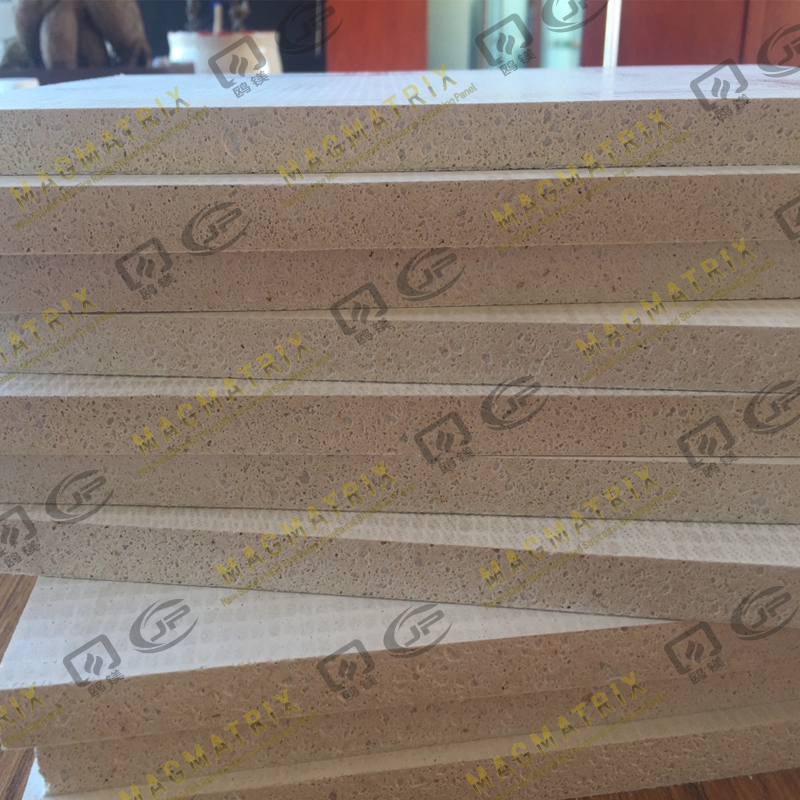 BMSC 517 New Sulfate MgO Board
BMSC 517 New Sulfate MgO Board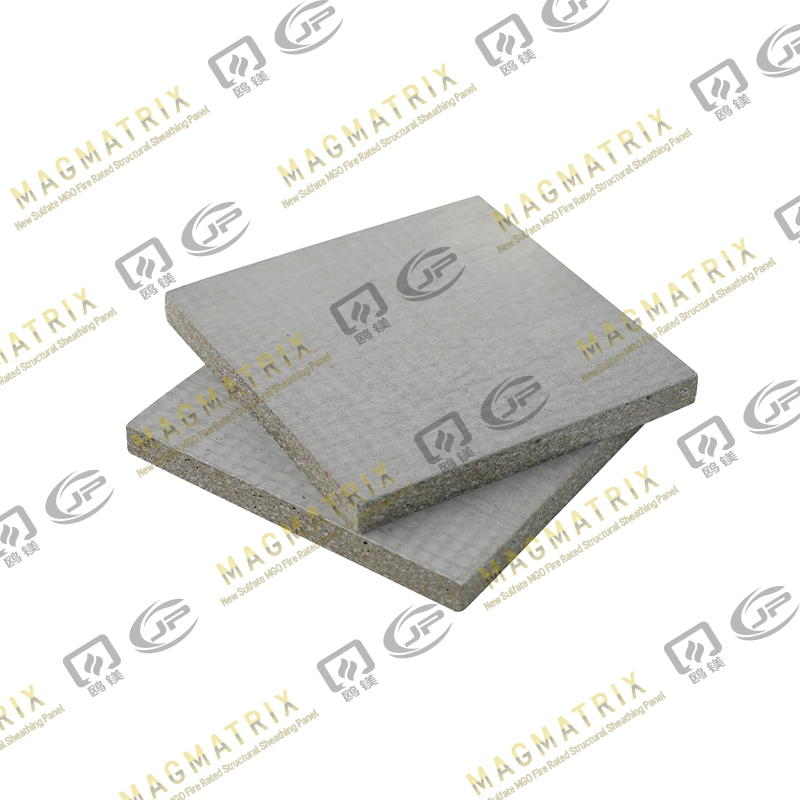 Multi-Support MgO Wall Sheathing Board
Multi-Support MgO Wall Sheathing Board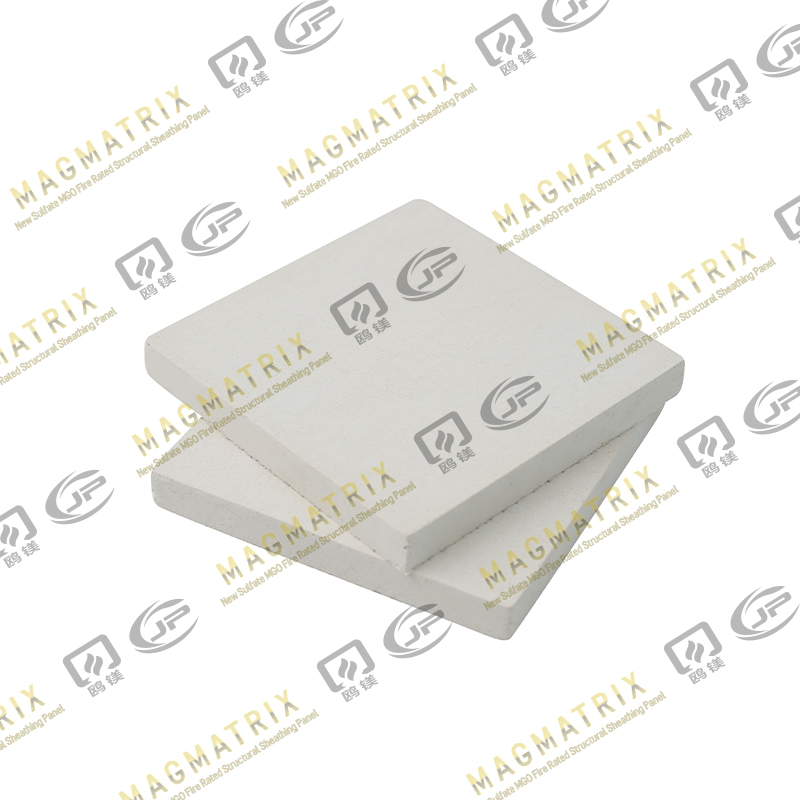 Perseverance MgO Wall Sheathing Board
Perseverance MgO Wall Sheathing Board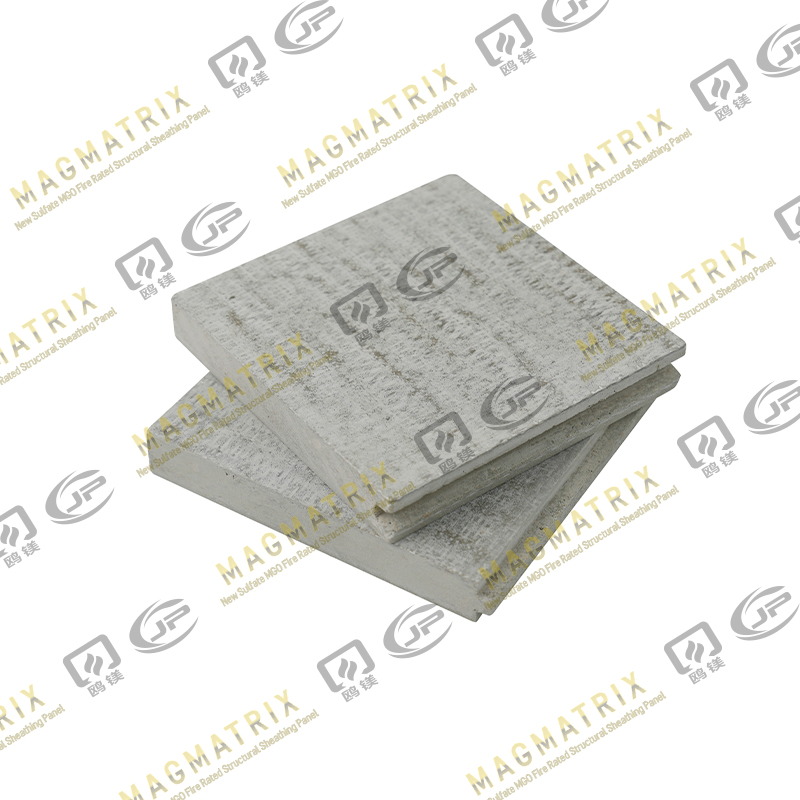 Multi-Support MgO Subfloor Sheathing Board
Multi-Support MgO Subfloor Sheathing Board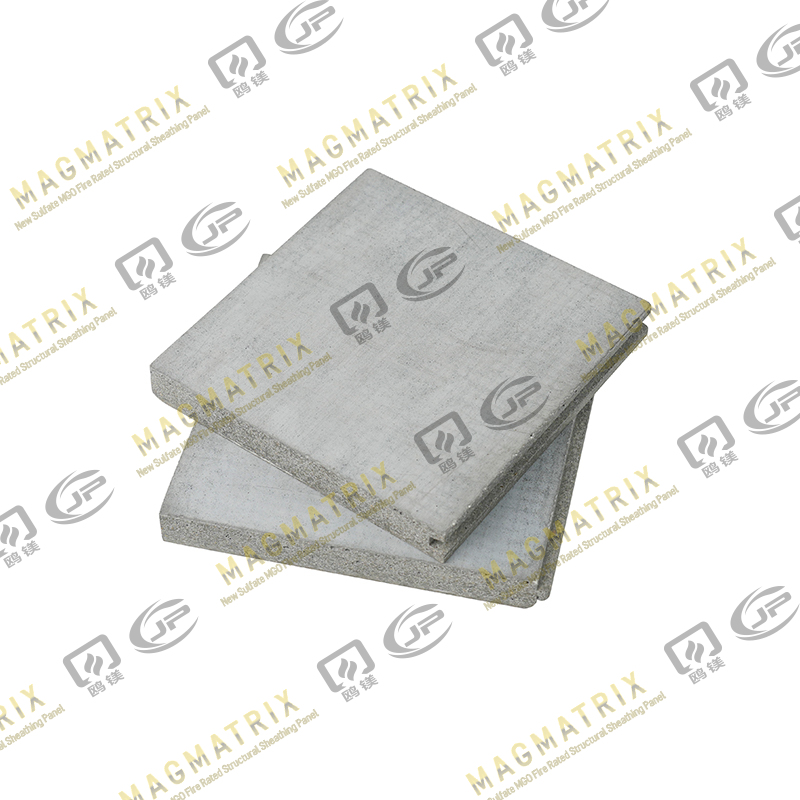 Perseverance MgO Subfloor Sheathing Board
Perseverance MgO Subfloor Sheathing Board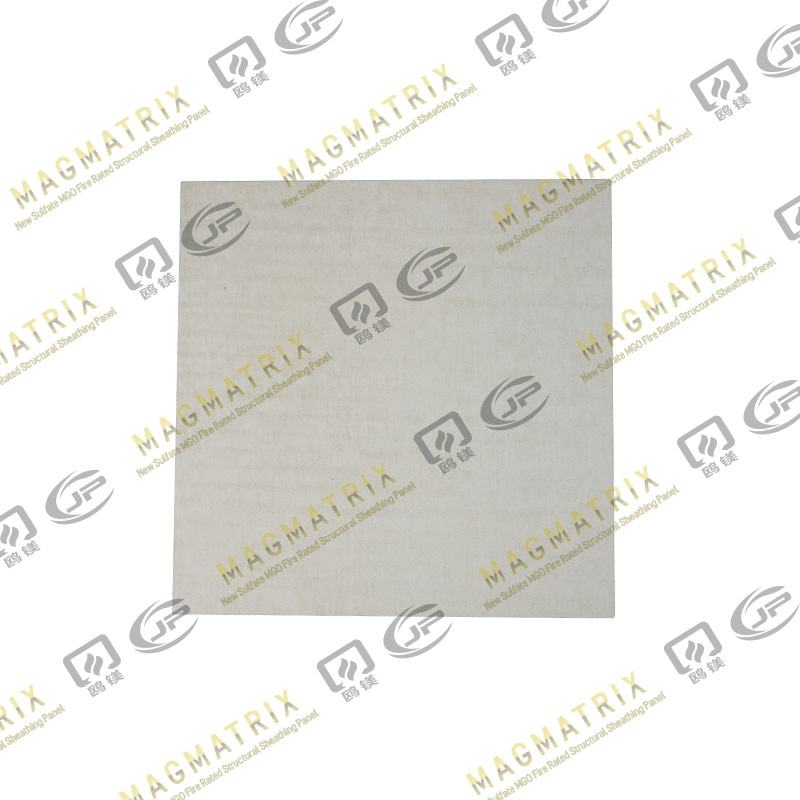 MagMatrix MgO Underlayment Panel/board
MagMatrix MgO Underlayment Panel/board


 English
English русский
русский Español
Español
